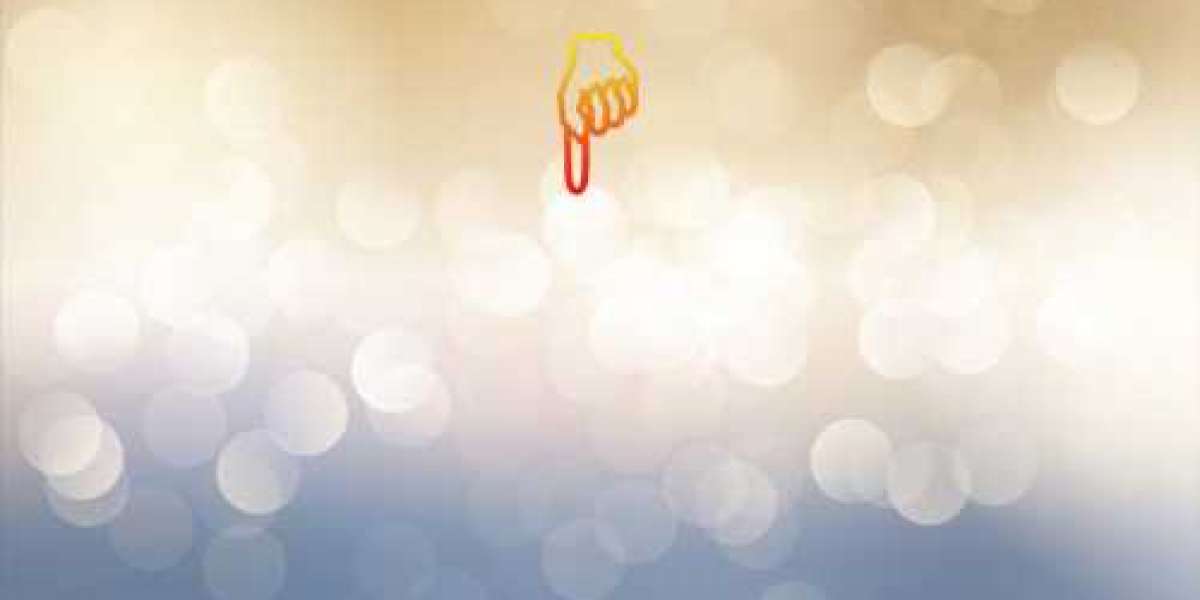Smartboards have been used in learning institutions for quite a while. They are touch-friendly whiteboards that make it easier for a teacher to write and move different effects around effortlessly. The boards are connected to a computer using HDMI cable.
This connection makes it possible to display the contents on the computer to the board. An instructor can move things by simply touching the board using a finger or using the special colored pens for writing on the board.
The board is advantageous to teachers because they no longer have to purchase markers for writing.
Moreover, there are also advanced whiteboards that can allow the participation of students on the board concurrently with the teacher.
Old version smart boards only allowed one participant to touch the board because they were not enabled to handle responses from multiple touches.
Are Smart Boards Outdated?
Smartboards are not outdated because they are still being used in teaching and making presentations. Even though they could be considered outdated, they are still a good option in most learning institutions. Also, their replacement has been a big problem because of the cost involved, which makes smartboards worth it.
Smartboards are now more than 20 years old and when they stay for long, they become not only defective but also inconvenient.
A bigger number of teachers and instructors consider smartboards as outdated because of recent research studies indicating that they can emit radiation harmful to the DNA.
This can affect the immune systems of children because they are still growing.
When young learners are exposed to DNA-damaging radiations, they become vulnerable to possible changes in their blood or brain.
Advantages of Smart boards
Classrooms that use smart boards have achieved a tailored learning atmosphere. This is an environment that enhances both physical and mental growth of the student.
Latest smart boards come with virtual teaching enhancement tools that promote an interactive and engaging learning system.
There is a fun and interesting learning atmosphere for students. Smart boards have created an environment that eliminates boredom in classroom.
Teachers are able to administer learning in real-time through audio and video lessons. Moreover, multimedia presentations on smart boards can promote teacher-learner interaction.
Smart boards have minimized usage of paper
Teachers can use real time blended learning techniques that make teaching easier.
The use of these boards has created good internet based teaching for schools and other level of learning institutions.
Today’s smart boards are easy to integrate with other learning applications that have been technology enhanced. As such, sharing of assignments, reading materials, study resources and course curriculum is now achievable.
Smart boards that encompass ICT can effectively support any form of E-learning.
Disadvantages/Limitations
Affordability of smart boards is one of the major disadvantages that school institutions have to deal with. Electronic smart boards cost a lot more when compared to traditional blackboards.
Latest smart boards are complex and may be difficult to handle especially if teachers are new to the technology.
They need high maintenance for them to last long.
Smart boards are extremely delicate. Staff, teachers and students in a school may find it difficult to operate.
They are vulnerable to breakage. If this happens, the cost of repairing these boards is very high.
Operators can encounter software difficulties.
They are not easy to move around once you have fixed them in a classroom.



